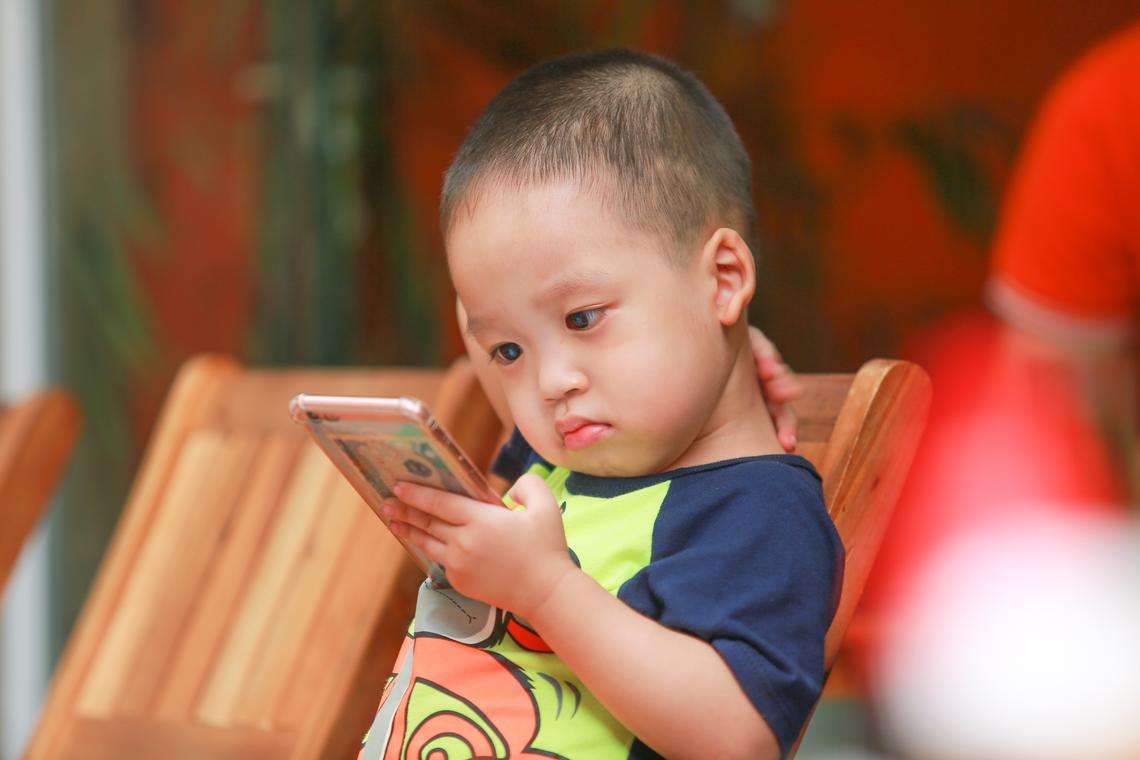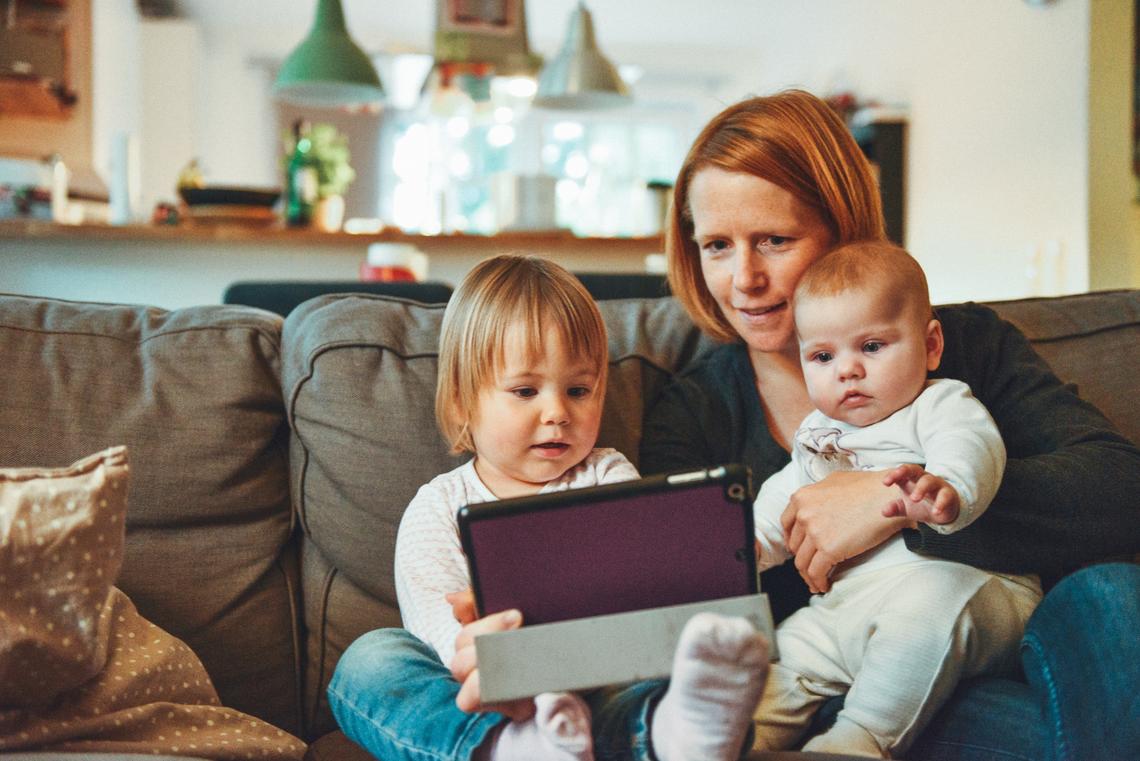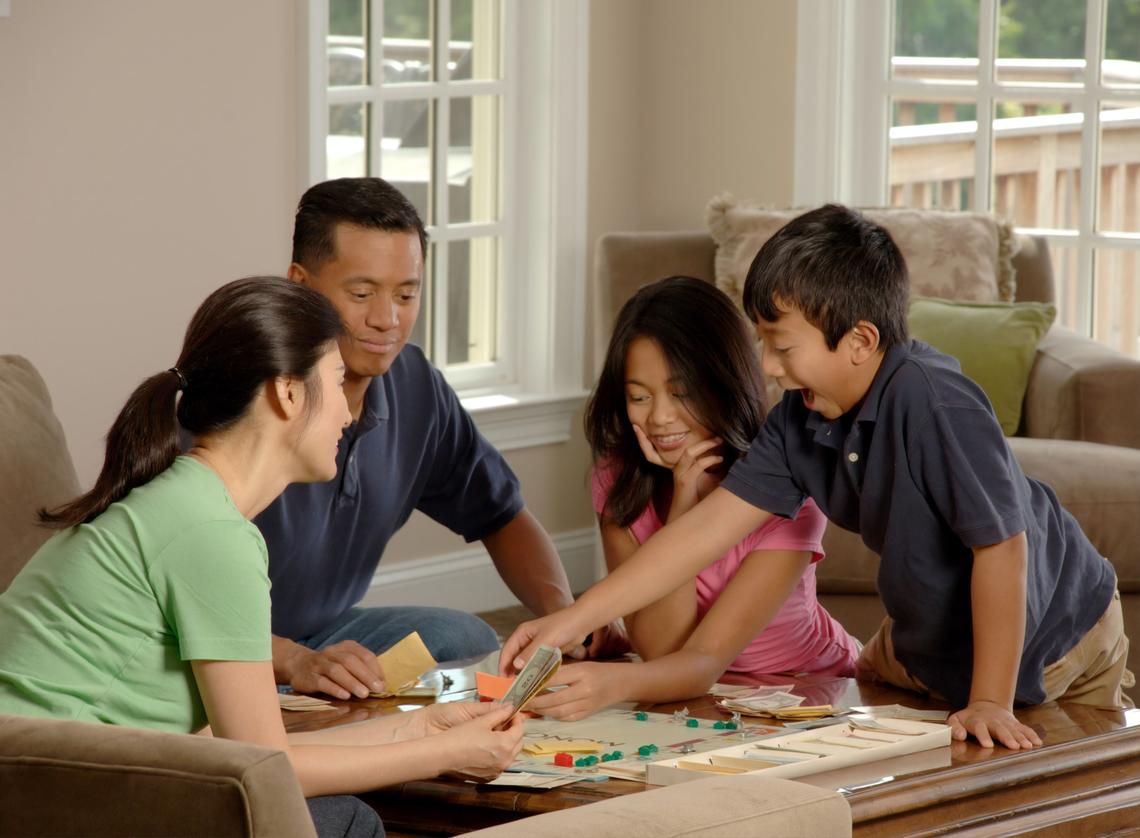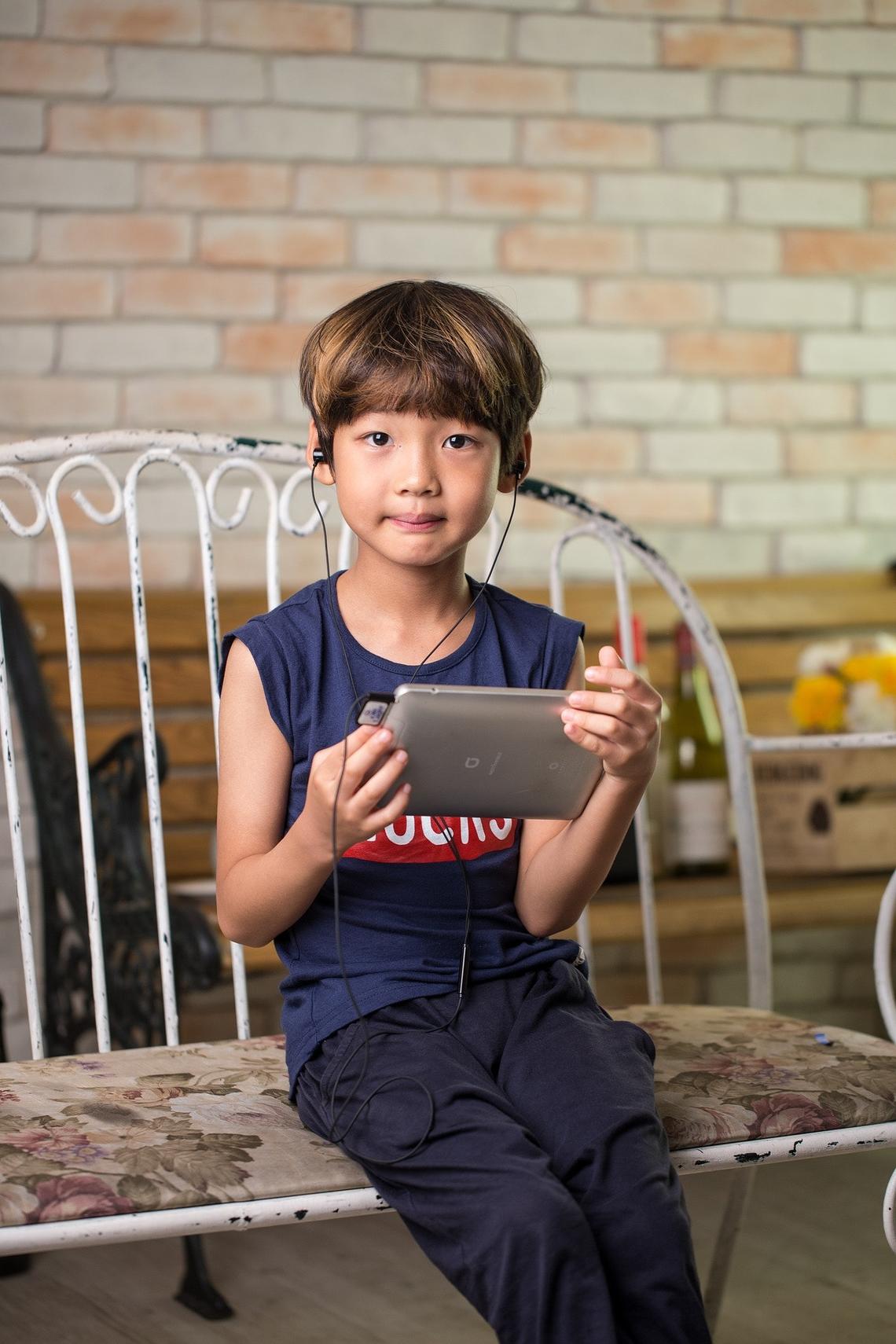April 1, 2020
Coronavirus: 5 tips for navigating children’s screen time during social distancing

During this pandemic, it is fair to say that pre-COVID-19 family routines may shift, or even completely fall apart! In our new COVID-19 reality, daycare and school are cancelled, parents are working from home and families are engaging in social distancing, leaving no peers for kids to play with.
It’s understandable that children and adults may be using screens (television, devices, tablets and video games) more than they typically would, or exceeding the recommended limits of one hour per day for kids ages two to five, and no screen time for kids under 18 months of age (with the exception of video chatting).

Children under 18 months do not benefit from screen time.
Kaku Nguyen/Pexels
As child psychologists and screen time researchers, we are receiving questions from parents about how to manage children’s screen time during these unprecedented times. Those questions include: “How much is too much screen time?” and “Can screen time be beneficial in some cases?” Below we provide research evidence and recommendations for best practice screen use for young children during the COVID-19 pandemic.
1. Select high quality, educational programming
Screen time can benefit kids over the age of two, when it’s the right type of content. In our research, we find that programming developed with education in mind, such as Sesame Street, can have some small but beneficial effects on children’s language skills.
Higher quality programs are more likely to gear their content to the needs of young children by having a coherent story line and by pacing the program to the developmental level of children. Educational programs often label objects and speak directly to children, which can be helpful for learning new words and sounds.
In children under the age of two, research suggests very little learning occurs from screens, even if the content is educational. Thus, limiting screen use in very young children to video-chatting with family and friends or short bouts of screen viewing (10 to 15 minutes) may be the best approach.
2. Watch or engage in screens together
There is evidence to suggest that when children and caregivers watch screens together children are more likely to learn new words. Past research has shown that parents can help their children when using media together by directing their child’s attention to specific content, discussing what is being viewed and reinforcing what they have learned by making it relatable to the child’s day-to-day activities (e.g., “That’s a blue truck!”).
This means that when possible, sit down with your child and enjoy media together. Talk about what you are seeing on the screen and get children thinking about what they are watching by asking them engaging, open-ended questions (e.g., “What happened to character X today?”, “Character X is sad, why do you think that is?”), or by describing or labelling what’s on the screen (“Dora has a backpack on and Boots is purple!”).

Video chat with loved ones is a healthy way for children to use devices.
Alexander Dummer/Unsplash
3. Use screens for human connection
Pediatric guidelines encourage using video chats with family, friends and loved ones, even for young infants and children. Social connection is important for children and is seen as a healthy way to use devices.
During the COVID-19 pandemic, consider reaching out to family members, as well as neighbours in your community, school mates and friends to stay socially connected. Ask the individual on the video chat to interact with your child by singing, dancing and/or reading them a story.
You can also join the caremongering movement and engage your child in social activities that are safe at a distance within your neighbourhood (for example, a neighbourhood window scavenger hunt).
4. Balance screen time with other activities
We know that children learn best when they are engaging in interactions or conversations with their parents, siblings or grandparents. These “serve and return” or back-and-forth exchanges between parents and children, are the building blocks of children’s brain development. During COVID-19, try to offset screen-time activities with ample serve-and-return interactions that build children’s brain and bodies.
While parents may loosen up screen time limits during COVID-19, we don’t want them to throw out all the rules! That’s because there is evidence, especially early in child development, that too much screen use is associated with poor brain development, as well as delays in children meeting their developmental milestones (like walking, talking, writing). However, these results are based on children who have patterns of screen use that lasted longer than a few weeks of social distancing.

Create a schedule that balances screen time with device-free family time.
National Cancer Institute/Unsplash
A good idea might be to create a schedule for online as well as offline activities, such as physical activity, sleep, healthy eating, reading, learning activities and device-free family time. Together, these activities can help children maintain mental and physical health. Also, screen use before bedtime can impact kids’ quality and duration of sleep, so when planning your schedule, try to reserve the last 60 minutes of the day for device-free time (a board game or reading time, for example).
5. Model healthy device habits

Try to avoid exposing children to media reports about COVID-19.
Pixabay
We have all been bombarded by the news and social media feeds related to COVID-19, and it’s easy to get sucked into a digital vortex without noticing how much time we are spending on devices. Despite the desire to consume the most recent updates, it’s important to monitor our own media consumption because it can have an impact on levels of child use and interrupt those crucial serve-and-return interactions.
We can be media mentors to children by modelling healthy device habits. We can do this by taking media breaks and modelling device-free priorities (such as reading, cooking, eating, walking) ourselves.
Finally, although parents should talk to their kids about COVID-19, try to avoid exposing children to television and media reports regarding the pandemic since viewing disturbing news reports has been shown to elevate children’s stress levels.
The COVID-19 pandemic will come to a conclusion at some point, but it’s important that we help our children navigate screen use in the best possible way during this uncertain time.
Online resources
Parents can visit Common Sense Media, Media Smarts and PBS for Parents, trusted sources for finding educational and age-appropriate screen time content and resources for kids.
Common sense media has also compiled a list of free educationally based online activities that kids can do at home during COVID-19.
Photo at the top of this article by Vidmir Raic/Pixabay.
UCalgary resources on COVID-19
For the most up-to-date information about the University of Calgary's response to the spread of COVID-19, visit the UCalgary COVID-19 Response website.
For resources to support students, faculty, staff, alumni, and all our communities during this unprecedented time, visit the UCalgary COVID-19 Community Support website.





